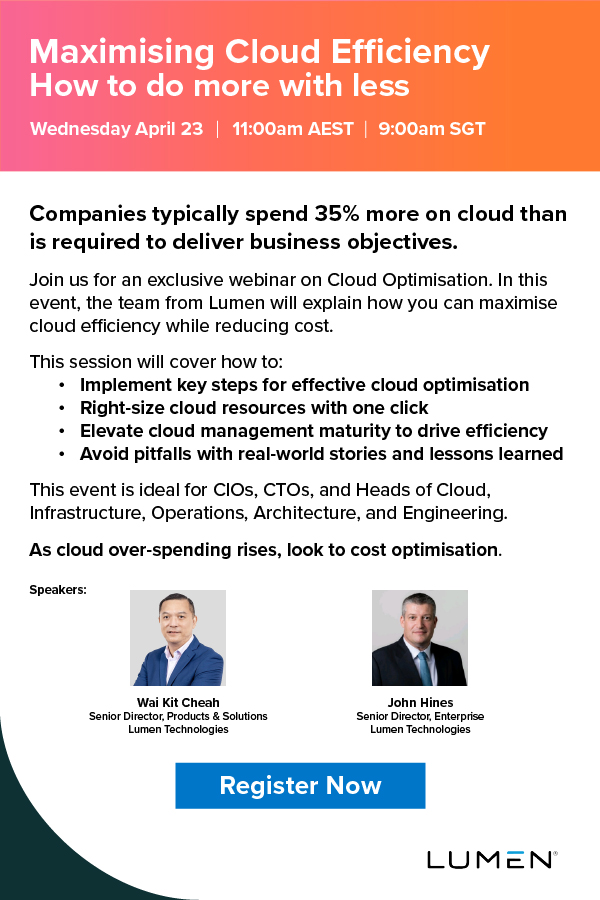Despite the sharp decline at the end of the year – mostly based on market disappointment with the iPhone 5 and the iPad Mini – Apple’s market capitalisation grew 30% in 2012. Its biggest rival in the smartphone and tablet business, South Korea’s Samsung, also grew strongly in 2012, and is now worth US208 billion (though it is not traded in the US).
To put Apple’s position in perspective, it is worth more than the next two US companies – Google and Microsoft – combined. It is worth more than the three after that –IBM, Oracle and Amazon – combined. It is worth 15 times more than HP and 25 times more than Dell. It is worth half as much again as Australia’s Big Four banks combined (and they are large by world standards).
There are many ways to measure the importance of companies to the industry. Market capitalisation is just one of them – annual revenues is also handy. For many years I tracked all the major vendors for their year-on-year revenues figures, which gave a fascinating insight into the rise (back then) of HP and Dell, and the relative decline of IBM. Apple was nowhere to be seen. How times have changed. But market cap tells us what investors are thinking.
|
Position |
Company |
Market Cap, Dec 2011 |
Market Cap, Dec 2011 |
% Change |
|
1 |
Apple |
$376,410 |
$488,530 |
29.8 |
|
2 |
|
$209,200 |
$235,150 |
12.4 |
|
3 |
Microsoft |
$218,460 |
$231,030 |
5.8 |
|
4 |
IBM |
$216,720 |
$218,550 |
0.9 |
|
5 |
Oracle |
$129,100 |
$161,780 |
25.3 |
|
6 |
Amazon |
$81,175 |
$116,370 |
43.4 |
|
7 |
Cisco |
$97,200 |
$109,610 |
12.8 |
|
8 |
Qualcomm |
$91,950 |
$108,440 |
17.9 |
|
9 |
Intel |
$123,460 |
$104,940 |
-15.0 |
|
10 |
eBay |
$39,461 |
$66,450 |
68.4 |
Source: Peachtree Capital Advisors
I was alerted to some of this data from an excellent research paper from on mergers and acquisitions in the US IT industry in 2012 from venture capital company Peachtree Capital Advisors. The report looks at major M&A activity over the year, and some of the factors behind them.
|
|
The table shows the market capitalisation, in millions of US$, for the top ten publicly listed US technology companies as at 30 December 2012, and the change on a year earlier. After a disastrous year HP dropped out of the top ten – it ended the year valued at just US$28 billion. The big winners, in terms of percentage growth, were eBay (68.4%) and Amazon (43.4%), which shows the value the market places on eCommerce. Besides HP, the big losers were Dell (-31.1%) and Intel (-15.0%), which shows the value the market places on hardware.
The report says that 2012 was not a bad year for M&A activity. “Even with sobering economic news and uncertainty with the fiscal cliff, 2012 turned out to be a solid year for M&A in the software, Internet and IT infrastructure sectors. Acquirers did not retreat back into their shells to focus only on organic growth, but sought out smaller strategic tuck‐in acquisitions that made their existing product offerings better. The acquisition strategy in 2012 appeared to be acquiring products or features that will help retain market share and customer base.
“Uncertainty and volatility have a dampening effect on M&A activity. Both deal volume and valuations in the software, Internet and IT Infrastructure sector decreased in 2012. Although stock prices were relatively stable in 2012, valuations began sliding due to economic uncertainty in Europe, uncertainty surrounding the presidential election and the looming fiscal cliff. When valuations start to decrease, buyers feel less wealthy and sellers choose to hold on to their companies for a better price in the future.”
The report also says that in 2012 there were increases in spending for digital media advertising and interactive marketing services, which led to increased valuations for this sector. ”Companies tend to spend more on digital advertising and interactive marketing services in growing economies. Media spend is also a lagging indicator of economic growth and should increase significantly as unemployment drops. As companies hire new employees spending on lead generation, advertising and sales tools will increase in an effort to grow the top line in addition to remaining competitive.


































